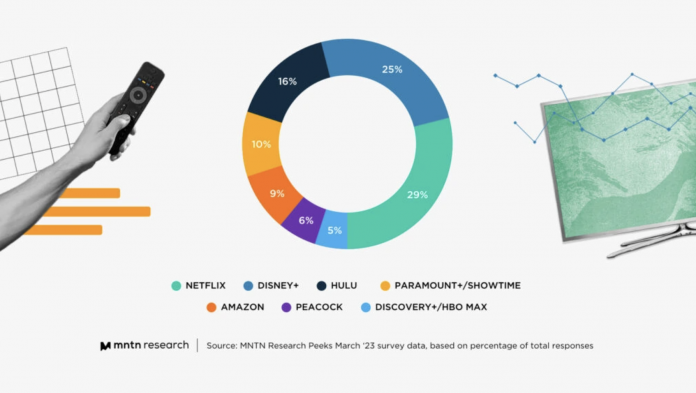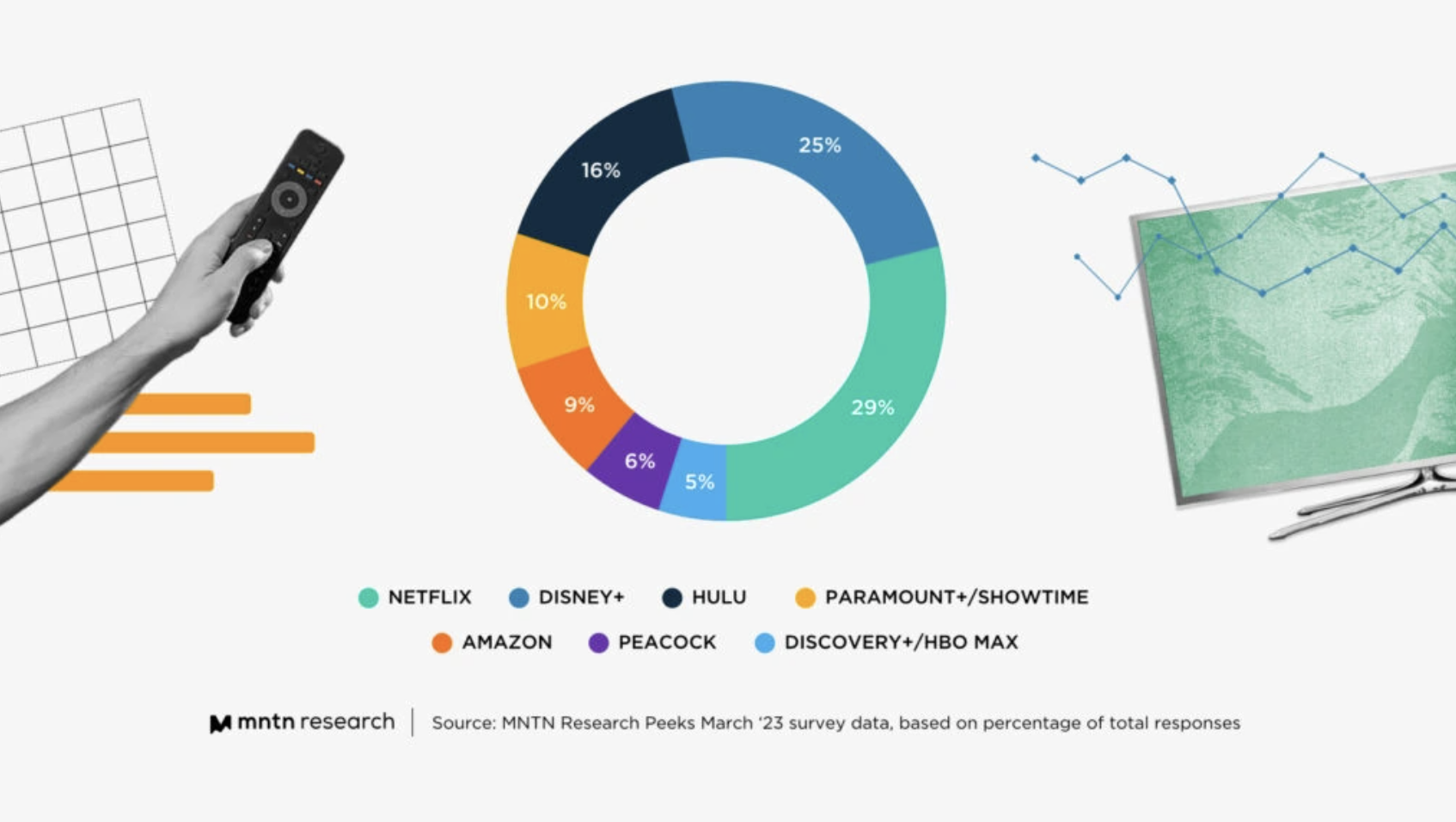Connected TV is becoming a staple in modern households, and it has truly revolutionized the way people watch television. With more people cutting the cord, connected TV growth is off the charts.
Connected TV refers to any TV set connected to the internet. CTV is typically used to stream video content, and can be done using built-in apps on smart TVs or through external devices like Apple TV, Roku, Amazon Fire TV.
But how does it actually work, and how can you leverage it as a marketer? In this post, we’ll explain a few ways connected TV can be used to help brands expand – and give you a few case studies of real brands in action.
Inspiration awaits — so let’s get started.
Why Connected TV Should Be at the Top of Your Advertising To-Do List
Connected TV has revolutionized how brands advertise. Since these devices are connected to the internet, it allows advertisers to reach more specific audience members than ever before.
For example, the streaming platforms on these devices provide an opportunity for brands to use data such as content preferences, demographics, or precise geolocation to target certain consumers while they stream content.
It is extremely beneficial for brands to be able to target the right audience because it improves the likelihood of better conversion rates from their advertising budgets.
Connected TV also provides new opportunities for brands to engage with their audience through interactive content. This allows brands to create unique, personalized experiences for users that are more engaging and interesting than traditional TV ads.
A great example of this is The CW’s Flip-Screen ad. These ads are both a 360-degree virtual tour of some of The CW’s most popular TV shows and an interactive content piece where viewers can create their own version of the show. Not only does this encourage viewers to interact with the brand, but it also provides valuable ad retention and brand awareness.
Connected TV can also be used for advocacy campaigns that help push brand purposes and values. These are typically campaigns that are pursuing a long-term goal rather than driving sales for the immediate future.
By promoting social or environmental causes, companies can help build brand affinity and loyalty while generating positive buzz and awareness. Some brands use their marketing efforts to support causes unique to their niche, such as animal protection or sustainability. These efforts go a long way in promoting and creating lifelong brand loyalty.
5 Real Life Examples of Connected TV Growth in Action
Are you curious about how brands are leveraging the power of connected TV to grow recognition and boost sales? Here are some connected TV examples to give you an idea.
1. Hyundai: Smaht Pahk
Hyundai’s Smaht Pahk ad during Super Bowl LIV was a huge success on connected TV. It featured famous actors Chris Evans, John Krasinski, and Rachel Dratch, highlighting the car’s parking assist feature.
The ad was well-received, earning over 14 million views on YouTube and garnering praise for its clever humor.
2. Burger King: Whopper Detour
Burger King’s Whopper Detour campaign on connected TV gained attention, as it required users to order from the BK app while at a McDonald’s location.
By using geofencing technology, the campaign offered customers a discounted Whopper when they were within 600 ft of a McDonald’s. It led to a 300% increase in BK app downloads, making it an innovative way to increase brand awareness and loyalty.
3. Etsy: Winter Wonderland
Etsy’s Winter Wonderland campaign utilized shoppable ads on connected TV. It encouraged viewers to shop a curated selection of handmade, one-of-a-kind gifts, and décor from small businesses.
The holiday campaign resulted in a 20% increase in sales for Etsy.
4. L’Oréal: HairColor
L’Oréal’s HairColor campaign utilized connected TV as it sought to show the power of hair color by setting up a blind test where a woman would decide which hair color product was better.
The ad showed an increase in brand awareness, engagement, and commerce lift.
5. Cheerios: Heart Health
Cheerios’ Heart Health campaign used connected TV to share the importance of heart health by partnering with lifestyle influencers.
The ad encouraged viewers to use #MyHeartChampion to share who their heart health role models were. Cheerios Heart Health campaign continues to spark conversation and build brand affinity.
Final Thoughts
Connected TV is an entertainment platform with strong engagement and reach, providing ample opportunities to get creative when it comes to advertising.
By utilizing the power of connected TV, brands can increase brand awareness, loyalty, and sales. Hopefully, this post has given you some inspiration for your next connected TV campaign, and remember, the possibilities are endless.




